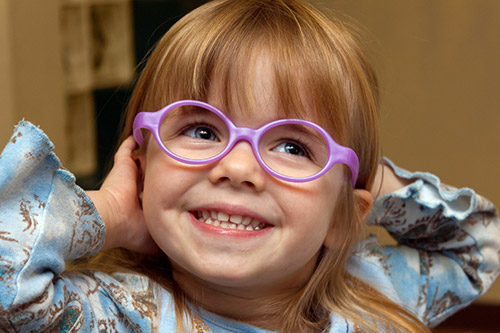2022-04-15 00:00:00Z

The earlier the child is diagnosed with lazy eye or Amblyopia, the greater chance it will be controlled. Early diagnosis and treatment is essential for both immediate and long-term eye health.
This eye disorder normally develops from birth up to age seven years. Commonly, it is the leading cause of decreased vision among children. And for adults after undergoing treatments or vision therapy, it is the time that an increase in the function of the amblyopic eye appears.
It is important that once a lazy eye is detected early in life, it has to be treated immediately in order to avoid reduced vision. However, there are some which are left untreated that will severely result in visual disability in the affected eye including legal blindness. It is unavoidable that amblyopia will come back after treatment is finished. Hence, it is highly important to continue to watch your child for symptoms if they do come back and treatment will need to be done again. The treatment of lazy eye or amblyopia is through glasses or contact lenses. Corrective glasses or contact lenses will be prescribed due to nearsighted, farsightedness or astigmatism. And another treatment is wearing an eye patch over your dominant eye that will help strengthen your weaker eye.
In order to help prevent long-term problems with your child’s vision, it is important to have a complete eye exam between ages 3 and 5. Early diagnosis and treatment will treat the eye with poorer vision that is usually corrected. See your child’s doctor immediately for a vision check if you notice his eye wandering after the first few weeks of life.
For more tips on Lazy eye or Amblyopia, contact VisualEyes Optometrists.
(703) 417-9316
(703) 671-1188
(703) 764-3937
(703) 804-0355
(Pentagon ID Holders Only)
5876 Kingstowne Center Alexandria, VA 22315
Visit Website Make Appointment4018 Campbell Avenue Arlington, VA 22206
Visit Website Make Appointment9600 H. Main Street Fairfax, VA 22031
Visit Website Make Appointment1 South Rotary Road, STE 2C113
Arlington VA 22202
(For Authorized Pentagon Personnel Only)
Copyright 2025 VisualEyes Optometry. All rights reserved. Website Designed and Maintained by WSI Pro Marketing.
